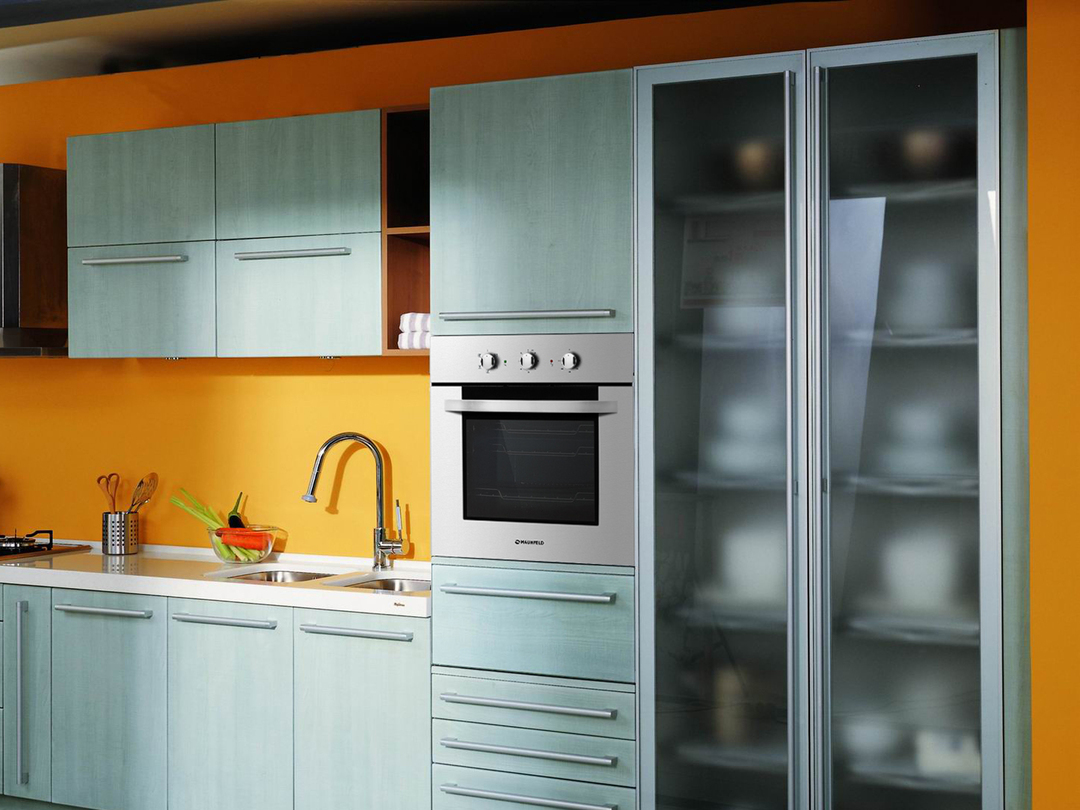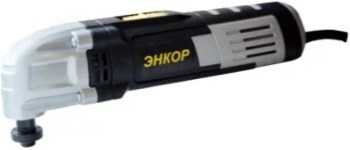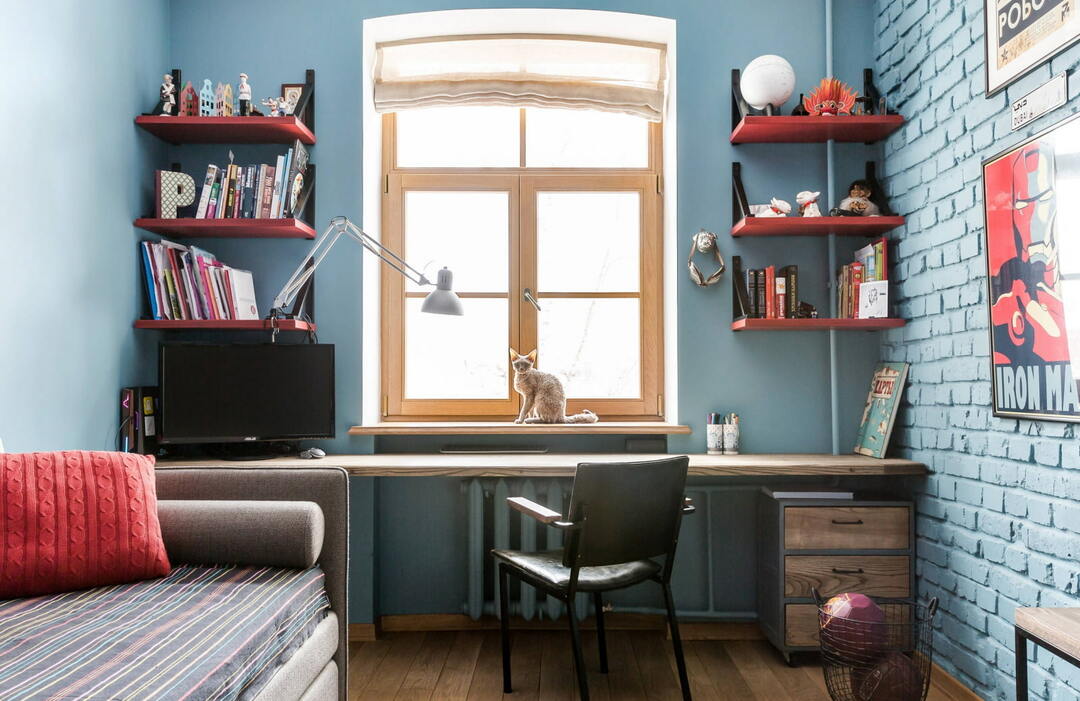
Wood - demanded building material. The market today offers a lot of varieties of wooden beams. What kind is best to choose? What is the difference? To determine the choice, studied differences, properties and characteristics of wood material.
Content:
- types
- spruce timber
- glued laminated timber
- Bar for a frame house
types
Made of logs, which cut out a rectangular structure. It is divided into three types:
- Piece (unprofiled);
- corrugated;
- glued.
Each of them is different in the type of building material, the cost and properties. By the very inexpensive embodiment relates piece. It is made of solid wood. Most often produced in the form of rectangular blocks. The advantages of the timber include: reasonable price, prompt construction of houses at the expense of simple processing.
The disadvantages - increased percentage of humidity. It affects the development of the fungus. The structure is exposed to insect attack and rot. Houses of this type are subjected to a strong contraction, which lasts up to two years.

Profiled made with recesses and grooves of dried wood. The moisture content is at its lowest level. At the core are conifers. Manufacturing technology has elevated time consuming in comparison with the first embodiment.
During the construction of customized timber is not requiredSince at the factory manufacturing accuracy is 99%. It is much easier to work on the building. The benefits include durability and reliability. The disadvantages - a price level higher.
spruce timber

Spruce - common and marketable timber. The demand for building material of coniferous wood grows at the expense of performance.
Fir timber refers to ecologically clean raw material, which does not cause allergies, on the contrary, good for health.
Light-colored timber. Chance of pinkish-yellow hue. Under the influence of external weather darkens over time. Drawing on wood uniform, knots are firmly in the ground.
glued laminated timber

The hottest wood material. High demand due to the quality and reliability. The production technology is to connect with glue several lamellas and drying. The bonded boards form a multilayer solid structure.
Before gluing slats through rigorous culling and Picking. All defects are eliminated, then the profiled beams and give the required size.
It is divided into several subspecies. Honors is a kind of raw material. Spent only conifers:
- spruce;
- Pine;
- larch;
- cedar.
By popular embodiment may include combined. It is composed of pine and deciduous types of wood.
Advantages of laminated veneer lumber
- dimensional stability
Due to the special properties of solid wood, it retains its shape and is not deformed. For resistance to deformation and shrinkage feature also affects manufacturing technology: internal parameter is stored voltage slats. - Resistance to shrinkage
During manufacture slats are pre-dried. This technology eliminates the drying and cracking of the timber during use. - low thermal conductivity
Wood in its structure - excellent heat-retaining material. A fibrous structure does not allow exhaust air. Therefore, glued laminated wood is indispensable in the construction of country houses, cottages, bathhouses. - Resistance to external natural factors
Wood as a natural material susceptible to attack various parasites and development of harmful bacteria. But in production using special agents and preservatives to prevent decay, fungus development. - The high speed of construction. Quality meets all requirements and standards. Manufacturers mark building material and packaged.
Building a house of lumber does not require a heavy foundation. All of these factors make it possible to build private homes as soon as possible.
Shortcomings of laminated veneer lumber
- stratification
In case of violation construction technology may be susceptible to delamination and deformation. These features lead to a deterioration of insulation and environmental properties. But such cases are extremely rare, as in the production is carried out strict quality control and strict adherence to all process steps. - High price
Technology of production of wood-based material - is time consuming and hard process. Therefore, the timber cost is higher than that of solid wood.
Bar for a frame house

Manufacturing is carried out on the high-precision equipment, so the finished product, there are no deviations. This advantage makes it possible to quickly and without any special skills to build a house on the land. Customized accessories, too, is not necessary.
Modern designs of wooden houses are diverse. Construct a favorite project possible, due to the universality of the timber. Thus, you can create a home based on their personal preferences and architectural designs.
The advantage of houses from laminated veneer lumber is the possibility of lack of interior decoration. Internal walls to protect coated with a layer of lacquer, which emphasizes naturalness.
A comparison of the timber
Environmentally friendly
The laminated material manufactured from natural and frame construction involves the use of sheets of plywood. This suggests the addition of chemicals, hazardous to human health. In environmental matters beam occupies the first place. For a frame house - it is a significant drawback.
Natural ventilation and heat saving
Percentage of heat conduction from the carcass and glued timber substantially equal. But the skeleton structure of the bad holds heat, respectively, have to heat the room more often. In a house of laminated veneer lumber heat will linger and saving costs will be reduced significantly.
strength characteristics
Definitely inferior skeleton structure of the timber. By itself, the laminated material is strong and durable. A further processing at the plant making it invulnerable to external natural factors.



